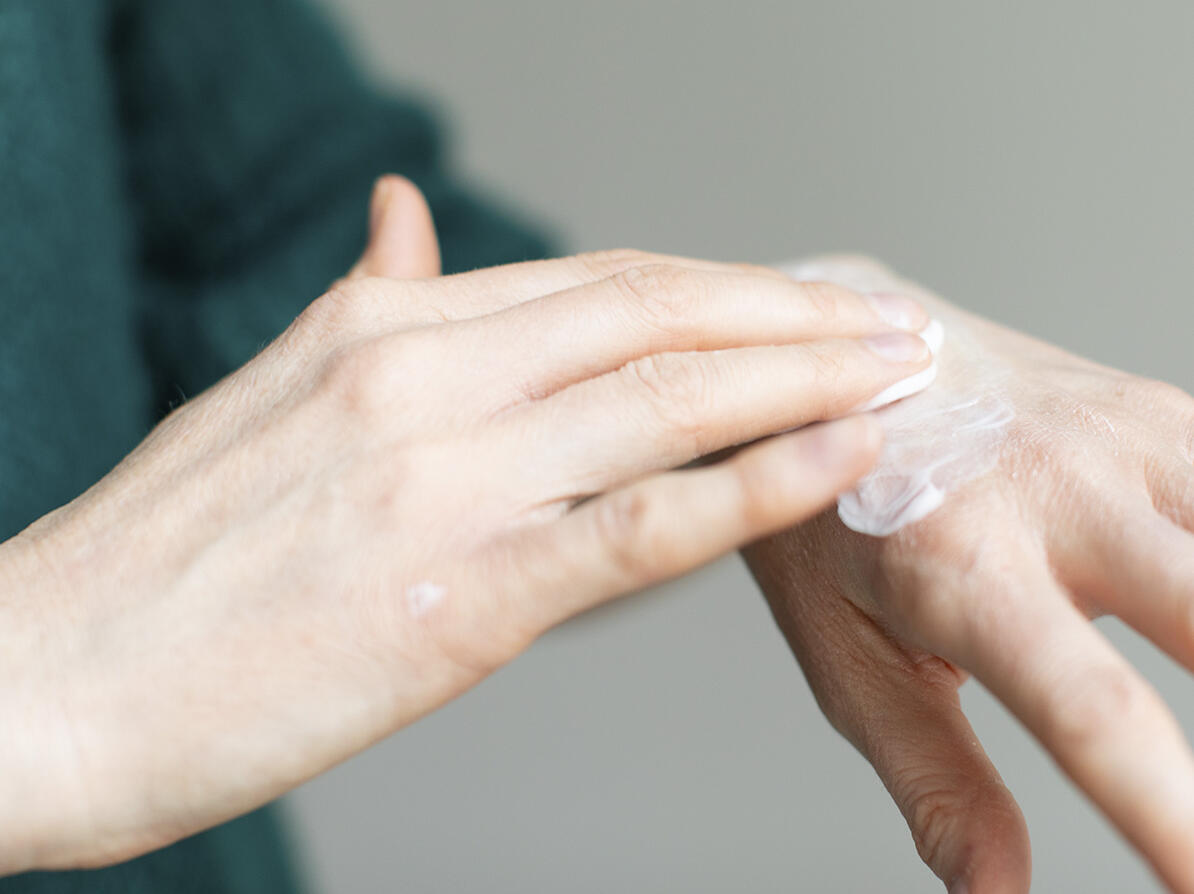Test: Do you know the chemicals in your hand cream?
Hand cream may be your important helper during winter when your hands dry up. The test shows that there are plenty of good choices on the market. But be aware of suspected endocrine disrupting substances in the creams.

Test: Be aware of the content in your hand cream
Hand creams may be helpful if you want to avoid dry skin on your hands during wintertime.
However, hand creams may also contain unwanted substances which are suspected to be endocrine disrupting. A test from The Danish Consumer Council THINK Chemicals shows that 13 of the tested hand creams contain substances which are suspected of being endocrine disrupting.
Unwanted substances in the single hand cream do not in itself constitute a health risk. But scientists are worried about the effect of our combined exposure to endocrine disrupters – the so-called cocktail effect.
Consequently, it is a good idea to avoid these substances whenever possible.
Allergy: Find a hand cream without perfume
The test also examines whether or not the hand creams contain substances which are allergenic e.g. preservatives, perfume and fragrances.
20 hand creams in the test receive the best assessment (A). These products are without a number of problematic substances and perfume. Many of these hand creams are labelled with the Nordic eco-label or an allergy-label.
Choose one of these hand creams if you want to minimize your exposure to perfume and suspected endocrine disruptors.
About the test
-
The Danish Consumer Council THINK Chemicals test of hand creams is a declaration test. The test team bought a large selection of hand creams in physical shops and in web shops.
The ingredient lists were then examined for content of problematic substances. The products were not sent to chemical analysis on a laboratory. Neither were they tested for how well they functioned in use.
We examined whether the ingredients in the hand creams were suspected of having endocrine disrupting effects, of being allergenic or harmful to the environment.
In the app Kemiluppen (the chemical magnifying glass) you find assessments of many more hand creams than the ones in this test. The assessments in the app are identical with the ones in the test.
-
In the test we examined 61 different hand creams.
- 20 products receive the best assessment (A)
- 28 products receive an average assessment (B)
- 13 products receive the lowest assessment (C)
The problematic substances found in the test are all legal and the single product will not constitute any health risk in itself.
But the problematic substances can have unwanted effects that consumers need to be aware of. Some of the substances are suspected to contribute to disruption of the hormonal system, others are allergenic. Therefore it is advisable to minimize your total exposure to these chemicals in order to decrease the risk of cocktail effect of chemicals that you expose your body to.
The test showed content of these suspected endocrine disrupting chemicals:
- BHT (found in 4 hand creams)
- Parabens, Methyl-, ethyl-, butyl- and/ or propylparaben (found in 6 hand creams)
- Butylphenyl methylpropional (found in 4 hand creams)
- Ethylhexyl methoxycinnamate (found in 1 hand cream)
- Cyclopentasiloxane (found in 3 hand creams)
A total of 13 hand creams contained substances which are suspected to be endocrine disrupting.
Only one hand cream contained an allergenic preservative, imidazolidinyl urea. That is one of the preservatives which release the allergenic compound, formaldehyde.
40 hand creams in the test contained perfume, fragrances or plant extracts which according to SCCS are contact allergens in humans. Some of the fragrances, e.g. limonene and benzyl benzoate, can also be a problem to the environment.
The test also showed content of so-called EDTA-compounds, which may also cause ´negative effects in the environment.
